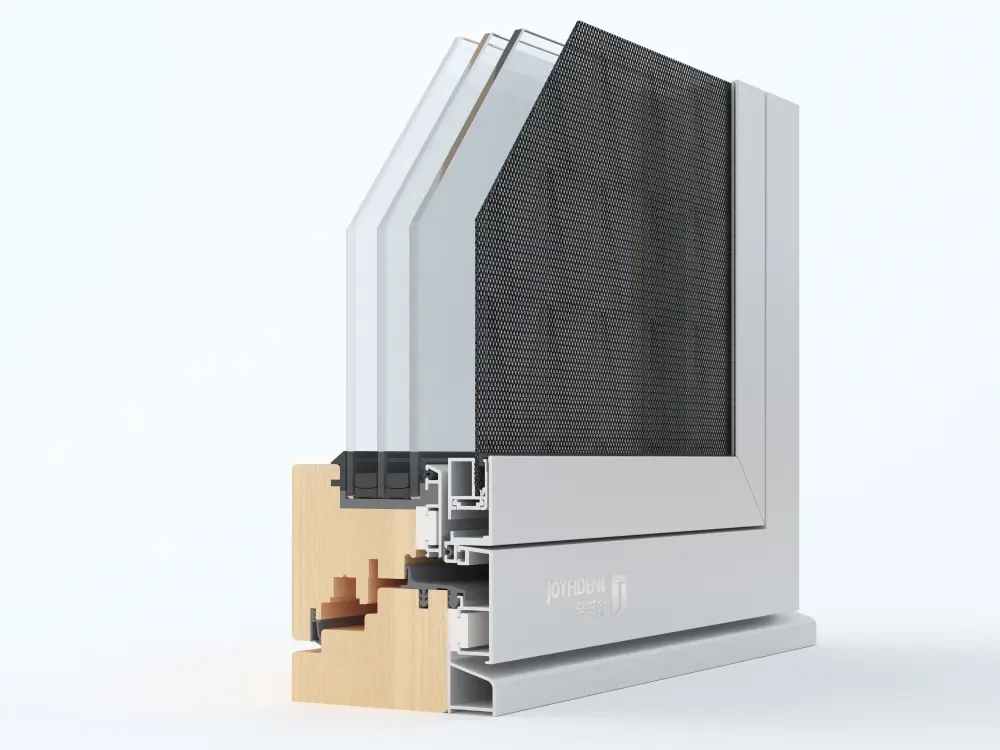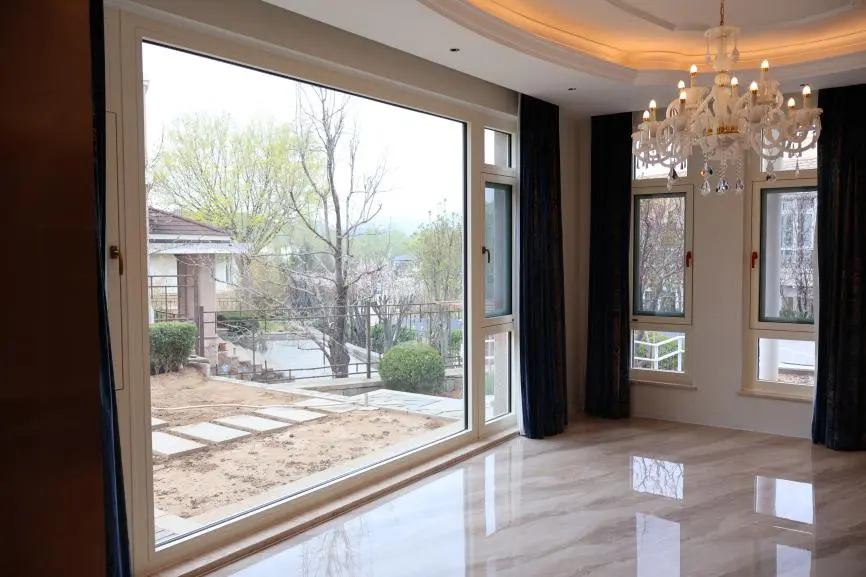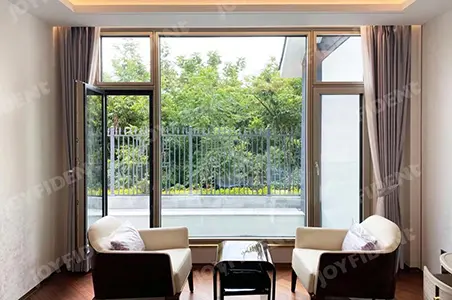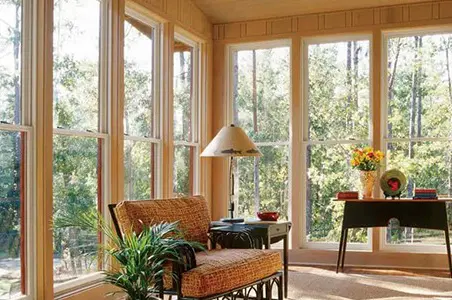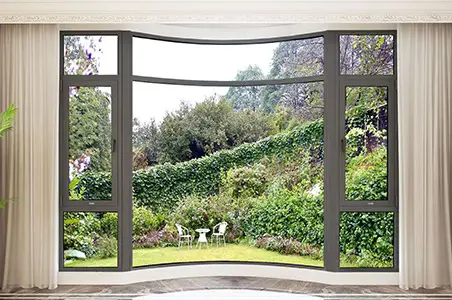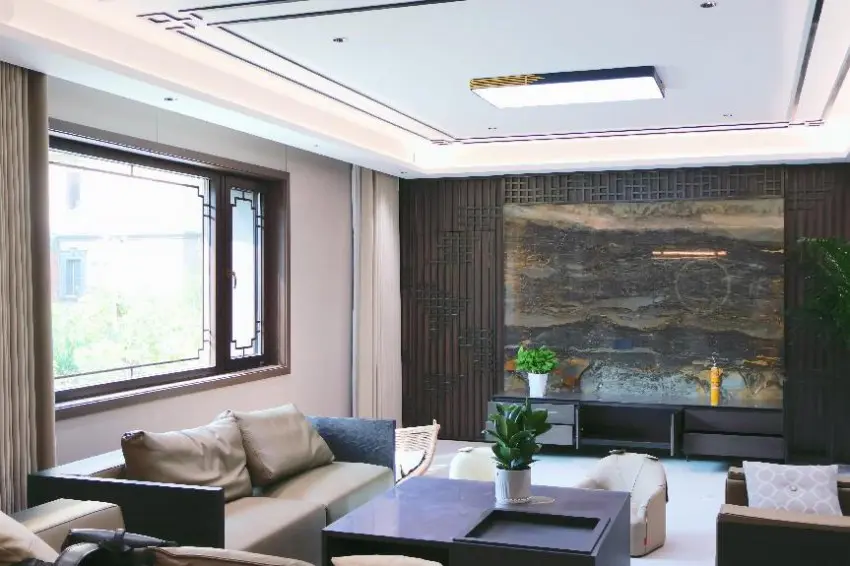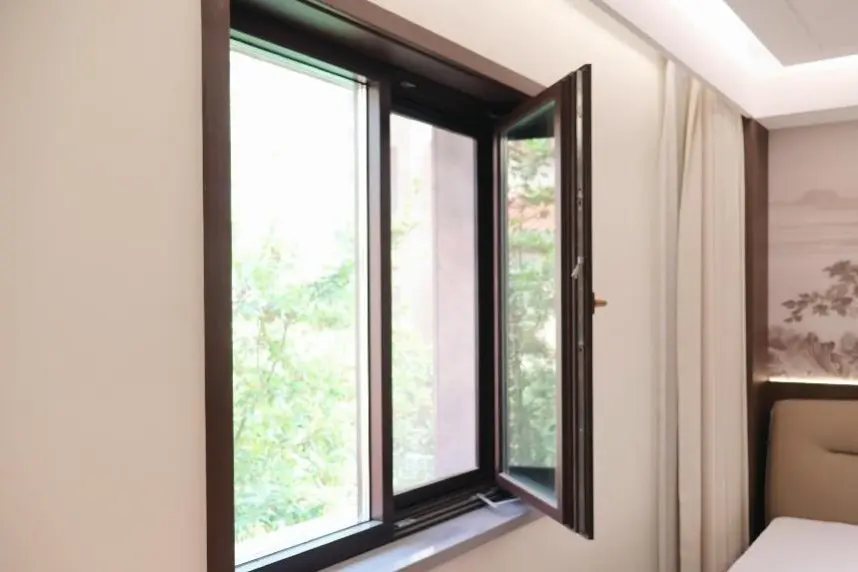Advantages And Disadvantages of Different Types of Wood
With the increasing pursuit of natural environmental protection and home aesthetics, wood windows have returned to the public eye with their unique texture and decorative value. However, there are various types of materials used for wood windows, and the characteristics of different woods vary significantly.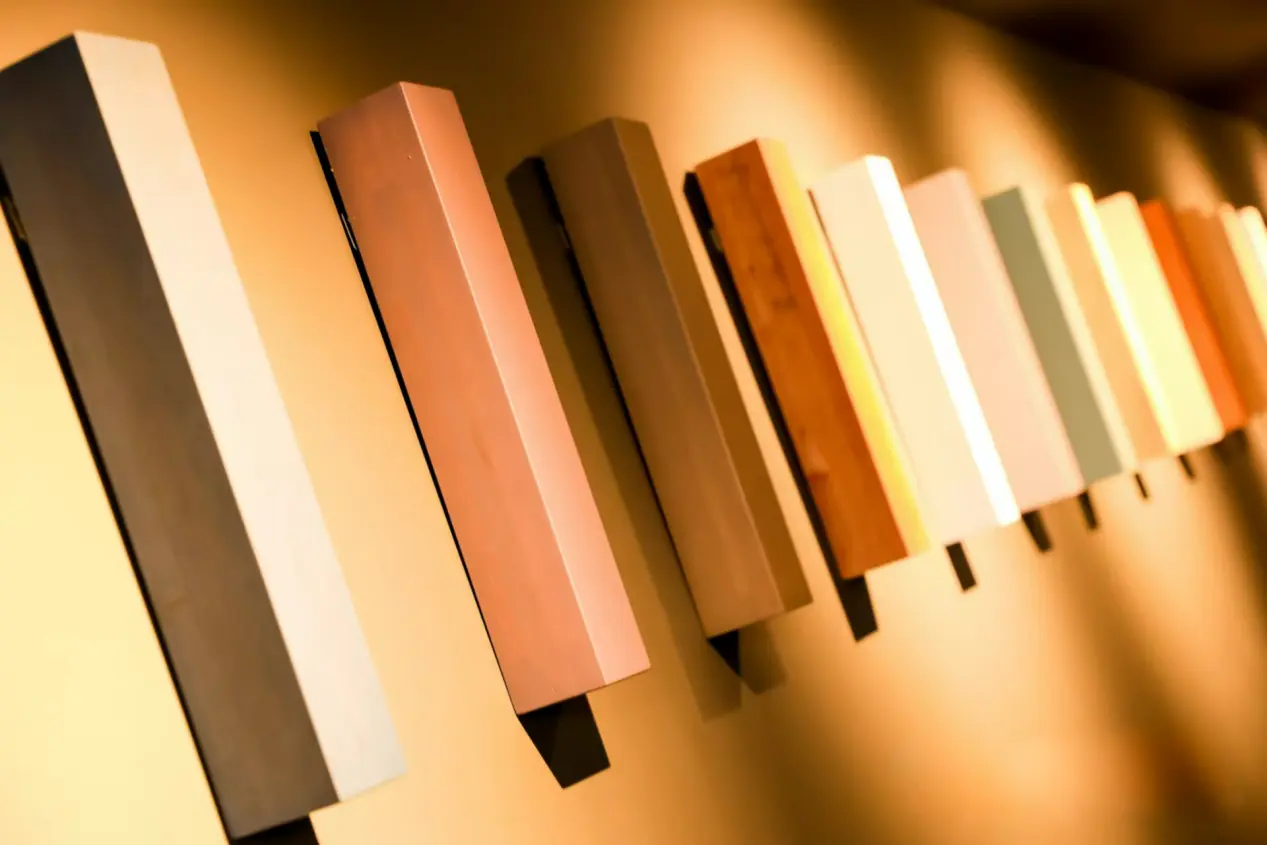
1. Mainstream Wood Window Material Selection and Performance Comparison
Black walnut wood
Advantages: The wood grain is atmospheric and beautiful, with excellent stability, good processing resistance, and a warm and delicate touch, suitable for high-end customization.
Disadvantages: High price, belonging to the "nobility of wood", limited budget for ordinary families.
White oak
Advantages: Warm yellow color with a fresh and natural tone, delicate wood grain, excellent waterproof and stability, suitable for wood style design.
Disadvantages: High raw material costs and limited market supply.
Cherry wood
Advantages: Delicate touch, with a vintage red color that oxidizes over time, suitable for creating a warm atmosphere.
Disadvantages: There is a large color difference between the core material and the edge material, and strict requirements are placed on material selection and processing technology.
Pine wood
Advantages: Affordable price, excellent insulation, outstanding stability of European red pine, suitable for families with limited budgets.
Disadvantages: Low density, soft material, easy to wear out after long-term use, high oil content of Russian larch, and easy color difference.
Red oak
Advantages: The appearance is similar to white oak, the price is lower, and it can be used as a "flat substitute" for white oak.
Disadvantages: Easy to crack and deform, high water absorption, prone to blackening when in contact with water, requiring strict waterproof treatment.
2. Core advantages and shortcomings of wood windows
Advantages
Decorative: Natural wood grain and color give the space a warm texture, suitable for various styles such as Chinese and retro.
Environmental protection and energy conservation: Wood has a low thermal conductivity, and combined with modern technology, it can improve air tightness and reduce building energy consumption by more than 15%.
Sound insulation and heat preservation: High performance solid wood windows can reduce noise by about 25 decibels, and have strong adaptability to indoor temperature differences in winter and summer.
Durability: After drying and anti-corrosion treatment, high-quality wood can have a service life of several decades.
Shortcomings
High maintenance cost: Regular painting is required to prevent moisture, and damp areas are prone to deformation and cracking, with weaker fire resistance than metal doors and windows.
Strict process requirements: Wood processing relies on technical experience, and inferior products are prone to problems such as poor sealing and unsmooth switches.
Environmental controversy: Excessive consumption of natural wood may exacerbate ecological pressure, and attention should be paid to sustainable forestry.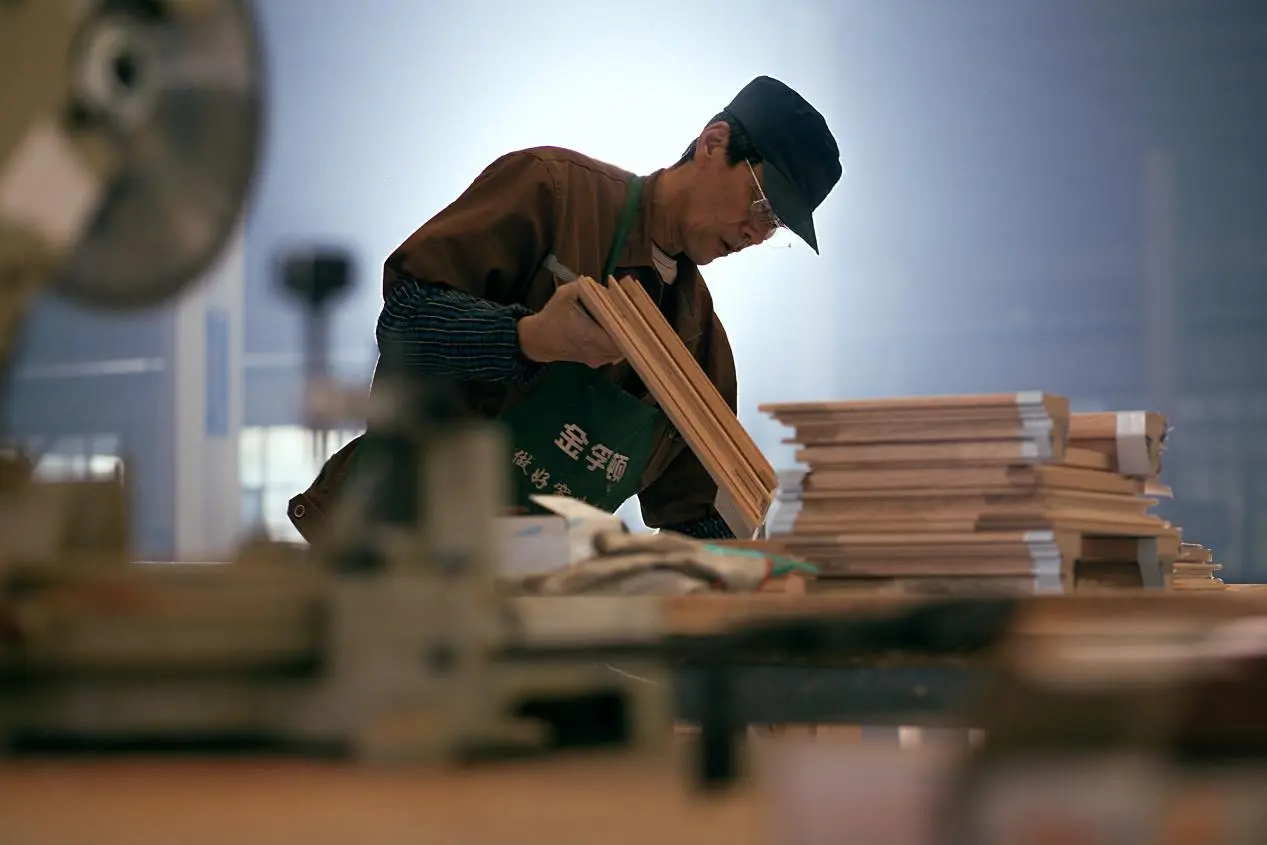
3. Industry Trends and Purchasing Suggestions
Currently, aluminum clad wood composite windows have become a new favorite in the market due to their combination of wood aesthetics and metal stability. Consumers should pay attention to:
On demand material selection: With sufficient budget, black walnut and white oak can be selected; Pursuing cost-effectiveness, pine or red oak can be considered.
Process validation: Pay attention to the dryness of wood (moisture content ≤ 12%), splicing process, and quality of hardware accessories.
Regional adaptation: Rainy areas need to strengthen moisture-proof treatment, and be alert to the risk of cracking in dry environments.
The revival of wood windows is both a return to traditional craftsmanship and a redefinition of modern home quality. Scientific selection and meticulous maintenance are necessary to balance the beauty of nature with practical value






